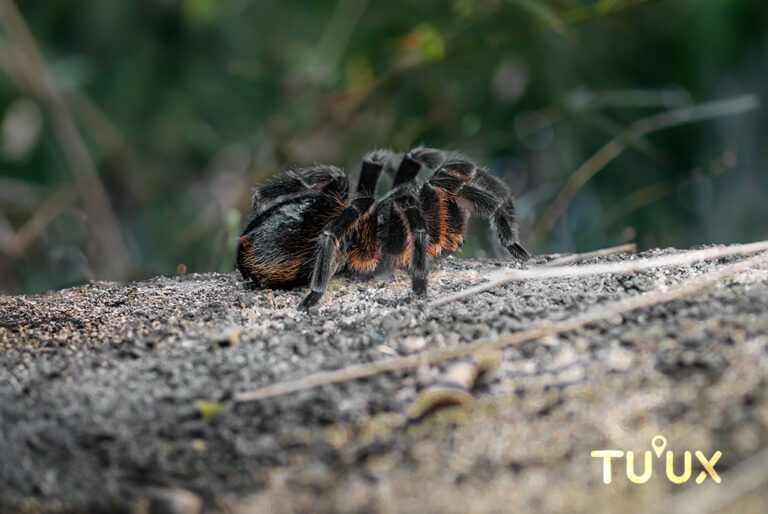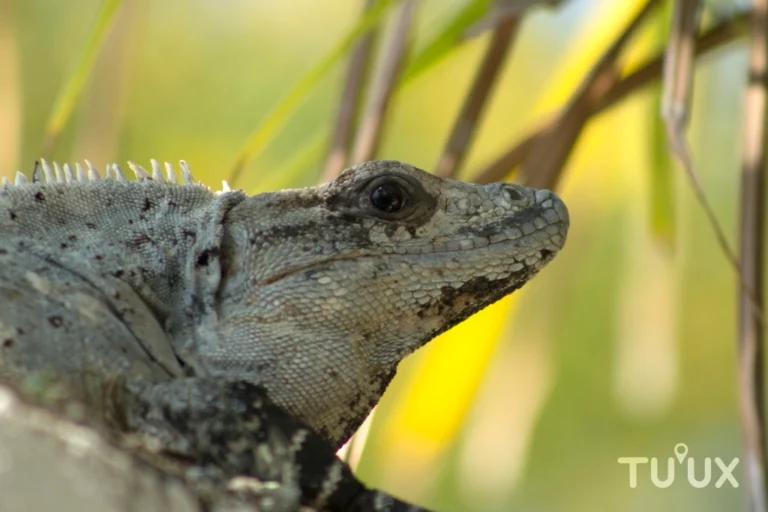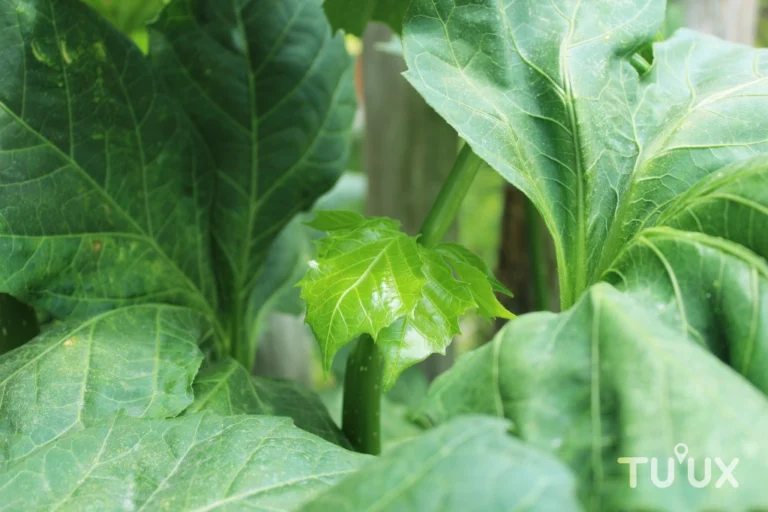EL ZORRO GRIS
🦊 El Zorro Gris: Un Trepador Astuto y Emblemático de los Ecosistemas Americanos
Silencioso, ágil y misterioso, el zorro gris (Urocyon cinereoargenteus) recorre con soltura los bosques, manglares y selvas del continente americano, dejando tras de sí una estela de admiración por su inteligencia y adaptabilidad. Desde el sur de Canadá hasta las regiones tropicales de Sudamérica, este fascinante mamífero carnívoro ha conquistado diversos ecosistemas con una capacidad única entre los cánidos: la habilidad de trepar árboles.
🔍 Morfología y Características Únicas
El zorro gris destaca por una anatomía diseñada para la supervivencia en entornos variados:
- Tamaño y proporciones: Mide entre 80 y 112 cm de longitud total, incluyendo su espesa cola, que representa casi un tercio de su tamaño y le ayuda a mantener el equilibrio.
- Pelaje distintivo: Su pelaje es denso y combina tonos gris plateado, marrón y rojizo. Posee una característica franja negra en la parte superior de la cola y una máscara oscura facial, que le da un aire enigmático y cautivador.
- Garras semirretráctiles: A diferencia de otros zorros, el zorro gris cuenta con garras adaptadas para trepar árboles con agilidad, una capacidad evolutiva que le permite escapar de depredadores, buscar alimento o descansar a salvo.
🌎 Distribución y Hábitat
La distribución del Urocyon cinereoargenteus abarca desde zonas templadas hasta ambientes tropicales, siendo una de las especies más versátiles de su género.
- Ambientes preferidos: Bosques frondosos, regiones montañosas, manglares, áreas desérticas y zonas agrícolas son algunos de los hábitats donde se le puede encontrar. Prefiere lugares con vegetación densa que le brinden refugio y recursos.
- Presencia en México: En nuestro país, su rango es amplio, destacando su presencia en Mahahual, Quintana Roo, donde se le observa en las periferias selváticas, manglares costeros y áreas con matorral denso.
- Adaptación urbana: También ha demostrado capacidad para coexistir en entornos suburbanos, lo que habla de su notable resiliencia ante el cambio de paisaje.
🍽️ Dieta y Comportamiento
El zorro gris es un cazador oportunista y un actor clave en el equilibrio ecológico:
- Dieta variada: Consume pequeños mamíferos (como roedores), aves, reptiles, insectos, frutas y semillas, cumpliendo funciones tanto de controlador de plagas como de dispersor de semillas.
- Hábitos nocturnos y solitarios: Es más activo durante la noche, aunque ocasionalmente se le ve al amanecer o atardecer. Caza en solitario, utilizando su fino olfato y oído agudo.
- Conducta territorial: Marca su territorio con orina, excremento y vocalizaciones que incluyen gruñidos, chillidos y ladridos agudos.
🐾 Reproducción y Ciclo de Vida
El ciclo reproductivo del zorro gris está marcado por estrategias eficaces de crianza:
- Temporada de apareamiento: Suele ocurrir entre enero y febrero.
- Gestación y cría: Tras 60 días de gestación, la hembra da a luz de 2 a 7 crías ciegas y completamente dependientes.
- Cuidado parental: Los padres protegen y alimentan a las crías durante varias semanas hasta que pueden valerse por sí mismas.
⚠️ Amenazas y Conservación
Aunque el zorro gris no está catalogado como especie en peligro, enfrenta desafíos que deben ser atendidos:
- Pérdida de hábitat: La urbanización, deforestación y fragmentación del paisaje afectan sus corredores ecológicos.
- Caza y conflictos humanos: En algunas regiones es víctima de trampas, envenenamiento o persecución por creer que representa una amenaza para aves de corral.
- Estrategias necesarias: Se requiere impulsar programas de conservación que protejan su hábitat, promuevan la educación ambiental y reconozcan su rol ecológico.
🌿 El Zorro Gris en Mahahual: Guardian de la Biodiversidad
En lugares como Mahahual, Quintana Roo, el zorro gris no solo sobrevive: prospera. Su presencia es un símbolo del equilibrio natural que aún se conserva en esta región del Caribe Mexicano. Su agilidad, astucia y adaptabilidad lo convierten en un emblema viviente de la biodiversidad local y en un recordatorio del valor de proteger nuestros ecosistemas.
🌟 Conclusión
El Urocyon cinereoargenteus, más allá de su elegante apariencia y habilidades singulares, representa un testimonio de la resiliencia natural. Trepador nato, cazador versátil y habitante silencioso de bosques y costas, este zorro es pieza clave en los sistemas que habita. Cuidarlo es cuidar el equilibrio del entorno, y observarlo en libertad es un privilegio que debemos conservar para las futuras generaciones.
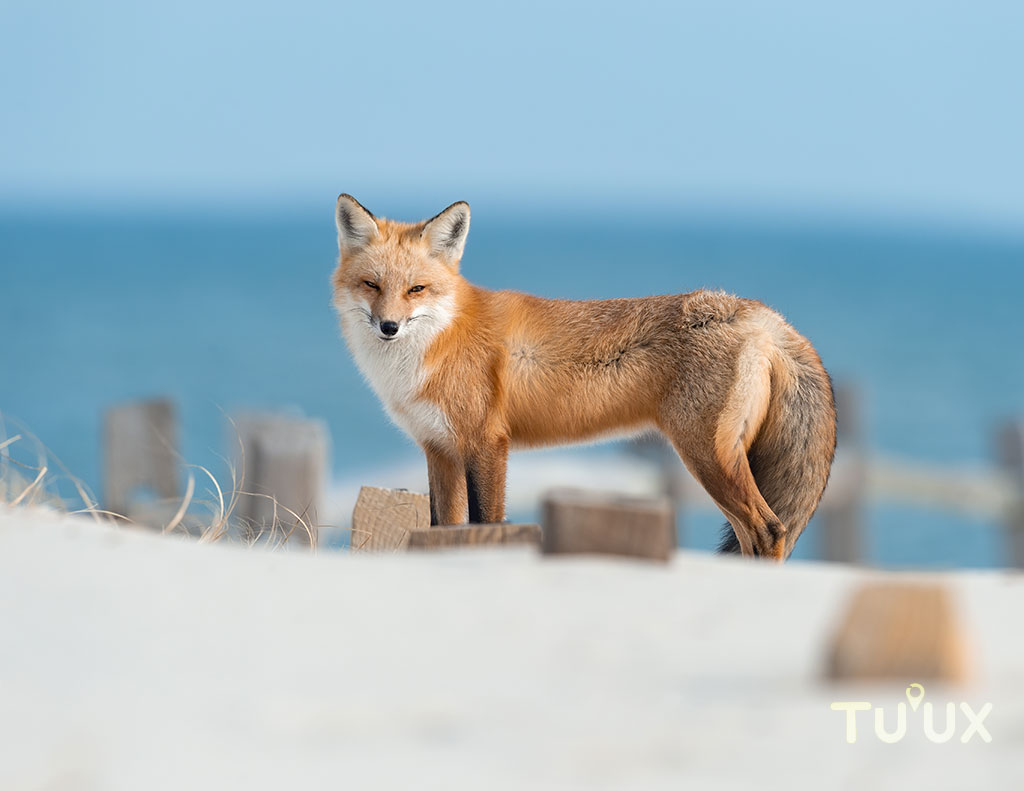
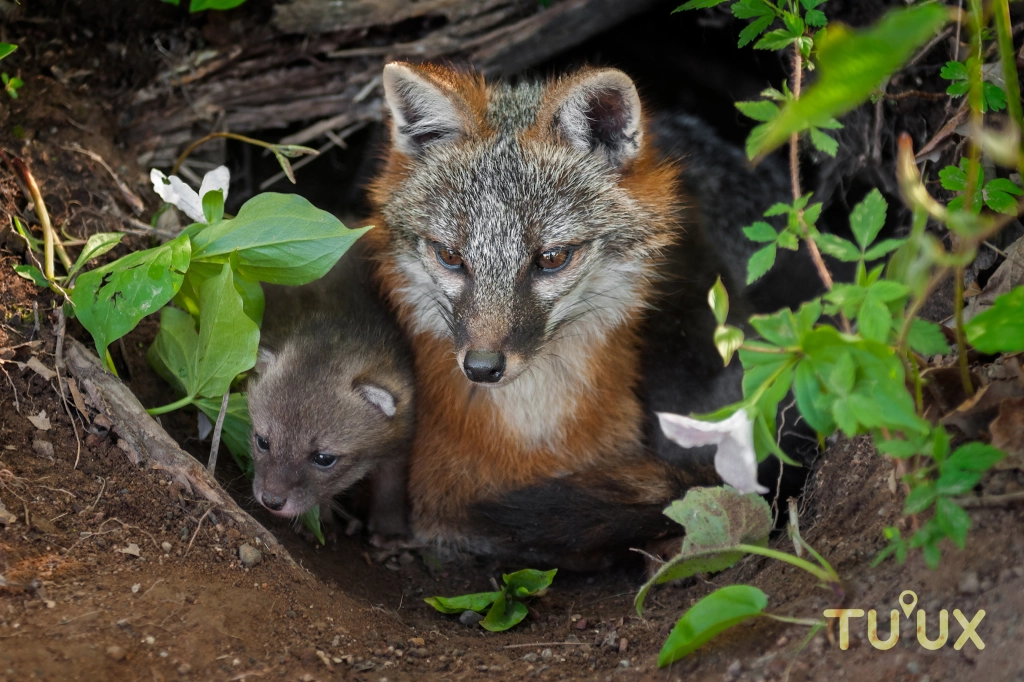
🦊 The Gray Fox: A Clever Climber and Icon of American Ecosystem
Silent, agile, and mysterious, the gray fox (Urocyon cinereoargenteus) roams the forests, mangroves, and jungles of the Americas with intelligence and remarkable adaptability. From southern Canada to tropical regions of South America, this fascinating carnivorous mammal has conquered diverse ecosystems with one truly unique skill among canids: the ability to climb trees.
🔍 Morphology and Unique Traits
The gray fox’s anatomy is perfectly suited for survival in a wide range of habitats:
- Size and proportions: It measures between 80 and 112 cm in total length, including its bushy tail, which makes up about one-third of its body length and helps with balance.
- Distinctive coat: Its dense fur blends silver-gray, brown, and reddish tones. A black stripe on the top of the tail and a dark facial mask give it a captivating, mysterious look.
- Semi-retractable claws: Unlike other foxes, the gray fox has claws adapted for climbing trees with ease, an evolutionary advantage that allows it to escape predators, forage, or rest in safe, elevated areas.
🌎 Distribution and Habitat
The Urocyon cinereoargenteus is one of the most widely distributed and adaptable species in its genus.
- Preferred environments: From lush forests and mountainous regions to deserts and farmland, the gray fox thrives in a wide variety of landscapes. It prefers areas with dense vegetation that offer both cover and food sources.
- Presence in Mexico: In Mexico, the gray fox is found across many ecosystems. In Mahahual, Quintana Roo, it is commonly spotted near forest edges, coastal mangroves, and scrubland.
- Urban adaptability: It can also live near suburban and agricultural zones, showcasing its incredible ability to adapt to human-altered environments.
🍽️ Diet and Behavior
As an opportunistic feeder, the gray fox plays a vital role in ecosystem balance:
- Diverse diet: It feeds on small mammals, birds, reptiles, insects, fruit, and seeds, acting both as a natural pest controller and seed disperser.
- Nocturnal and solitary: Mostly active at night, it hunts alone, relying on sharp hearing and a keen sense of smell.
- Territorial behavior: It marks its territory with urine and feces and communicates through distinctive vocalizations—barks, growls, and high-pitched screams.
🐾 Reproduction and Life Cycle
The gray fox has a well-developed breeding strategy:
- Mating season: Usually takes place from January to February.
- Gestation and birth: After about 60 days, the female gives birth to 2–7 blind, helpless pups.
- Parental care: Both parents protect and feed the young for several weeks until they can fend for themselves.
⚠️ Threats and Conservation
Although the gray fox is not considered endangered globally, it faces several challenges:
- Habitat loss: Urban expansion, deforestation, and land fragmentation threaten its natural range.
- Human conflict: In some areas, it is trapped, poisoned, or hunted—often mistakenly blamed for preying on poultry.
- Needed actions: Conservation efforts should include habitat protection, public education, and increased recognition of its ecological role.
🌿 The Gray Fox in Mahahual: A Symbol of Local Biodiversity
In places like Mahahual, Quintana Roo, the gray fox not only survives—it thrives. Its presence is a clear indicator of the balance and health of the local ecosystem. Agile, clever, and adaptable, the gray fox stands as a living emblem of regional biodiversity and a reminder of the natural richness still preserved in the Mexican Caribbean.
🌟 Conclusion
Urocyon cinereoargenteus, beyond its graceful appearance and unique tree-climbing skill, is a true testament to natural resilience. A born climber, versatile hunter, and quiet forest dweller, the gray fox is a keystone species in many habitats. Protecting it means protecting ecosystem balance, and seeing one in the wild is a privilege worth preserving for generations to come.
Want to learn more about the wildlife of Mahahual and the Mexican Caribbean?
Keep exploring our blog to discover more incredible species and how to help protect them.
¿Deseas también etiquetas SEO o una meta descripción corta en inglés para este artículo?



